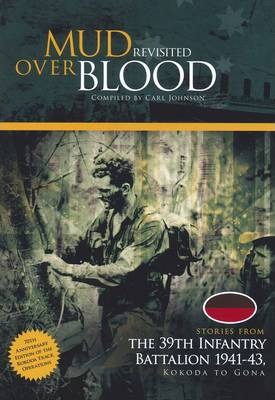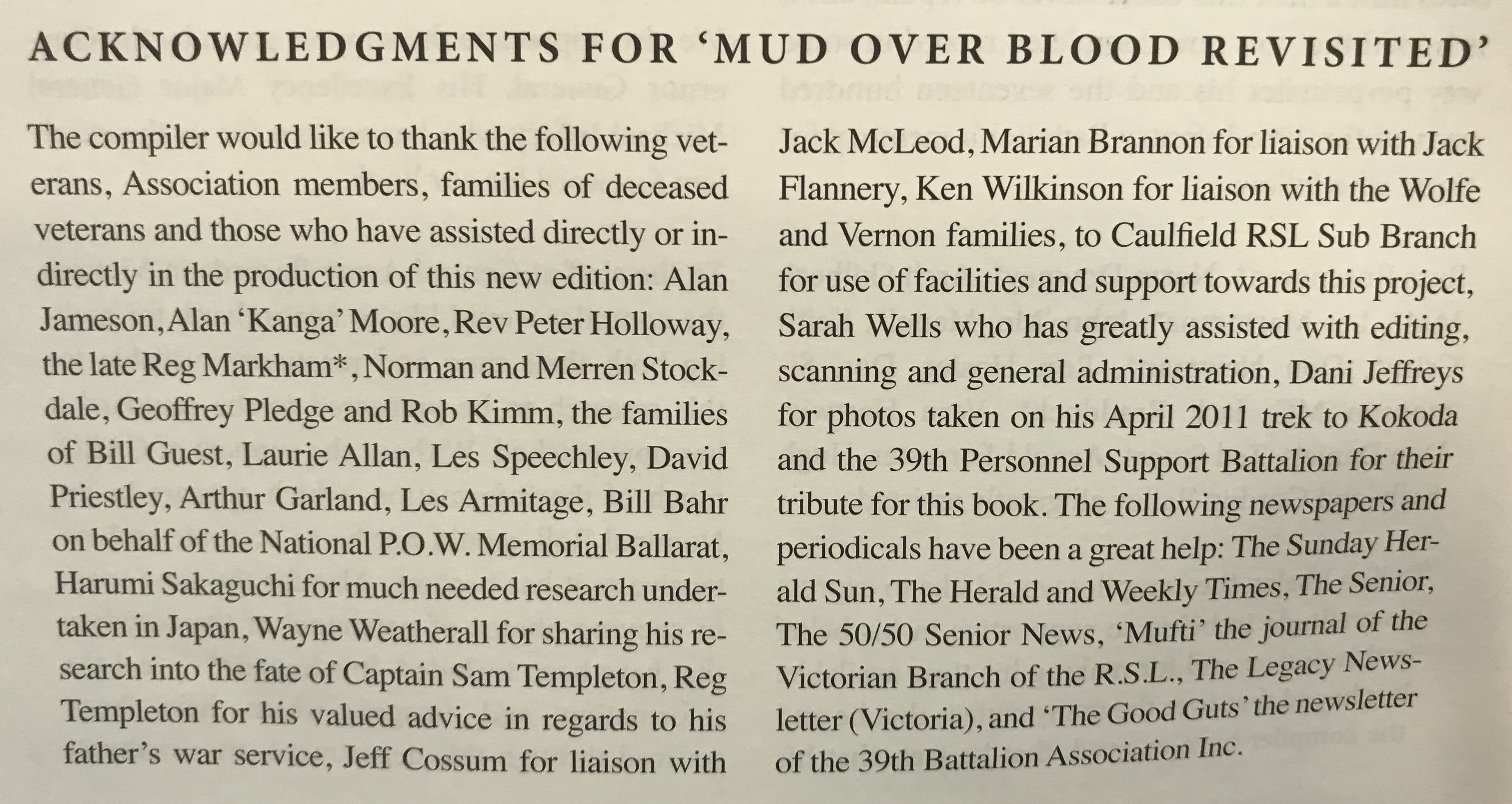The piece made it very clear that not only was Templeton a known P.O.W. on the Kokoda Trail but so were another six members of the famed 39th Battalion, these being cited on Templeton’s dossier, and having been accounted for by members of ‘B’ and ‘D’ Company who had been present. The compiler made it clear what as well the end fate of these prisoners was to be.
In 2010 a media storm erupted over new revelations by Kokoda Trail Trekking operator and researcher, Mr Wayne Wetherall, who had been advised and shown the actual spot where Templeton had been buried by a Japanese veteran member. The details as then aired by Mr Wetherall were based on these firsthand accounts, the ability which this veteran demonstrated in being able to accurately place the spot of burial, and an in-depth investigation vide Australian Official records regards the death of this officer by Mr Wetherall personally.
This compiler was after initially being misinformed of the intentions of such research, decided it was time to revisit certain files which he had decided needed not be aired until such a time was befitting, in regards actual Japanese Intelligence to substantiate or otherwise, such claims which by now had caused much debate over the internet, as since viewed by this writer.
Little will be said in regards this aspect then two points of concern 1) in the name of ADF heritage preservation and the sharing of such, the intervention of personal politics, racial bigotry, and misuse of primary resources does nothing but harm to a genre those doing such too, profess to be passionate about serving! 2) the internet as a medium or carriage of conveying and preserving actual history should be avoided, and the free range which some commercial net site’s feel they own, in this case those concerned with the Kokoda Trail have demonstrated over the last few years, especially since 2010, where by distorting published works to be bent to their requirements, is to say the least deplorable, and shameful.


